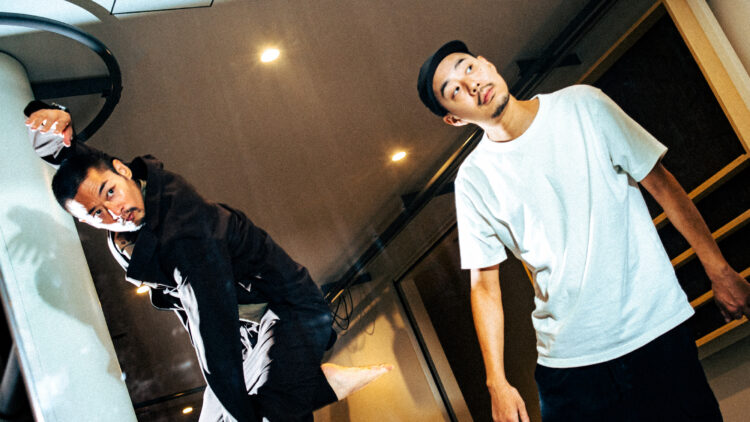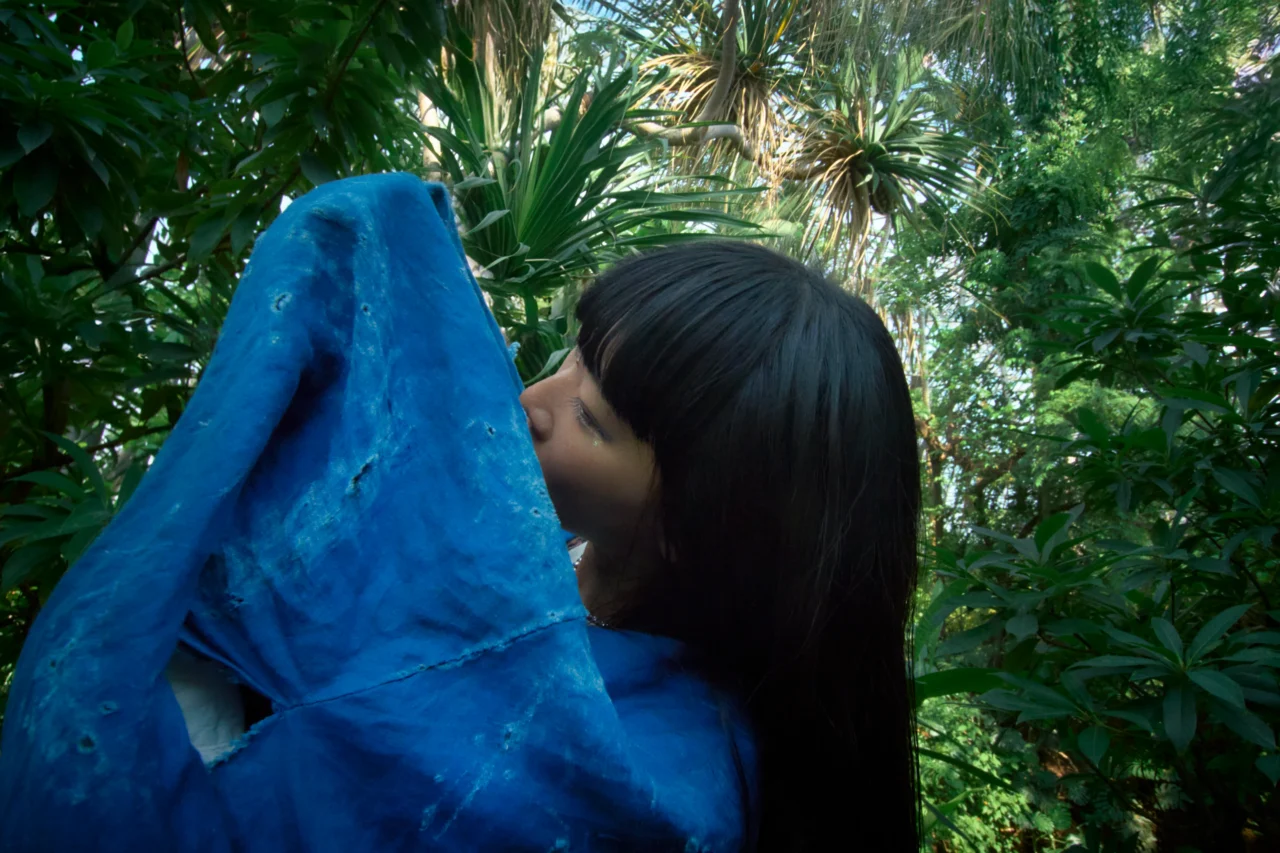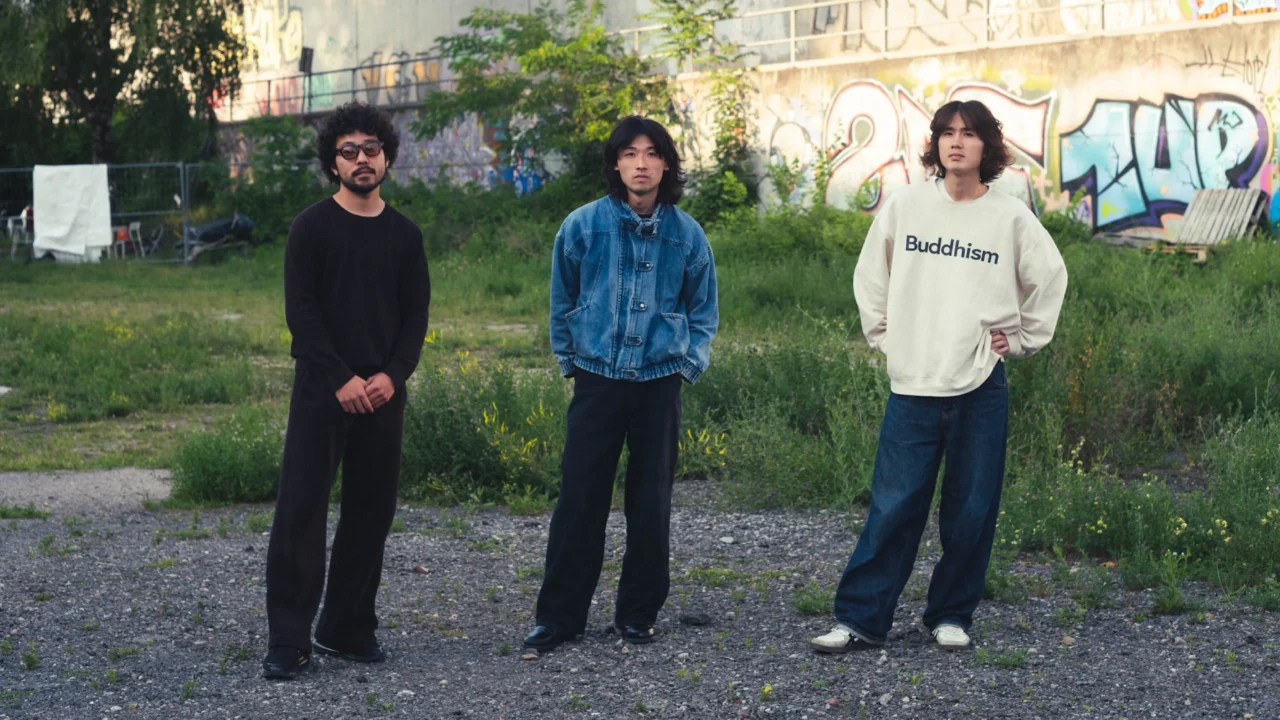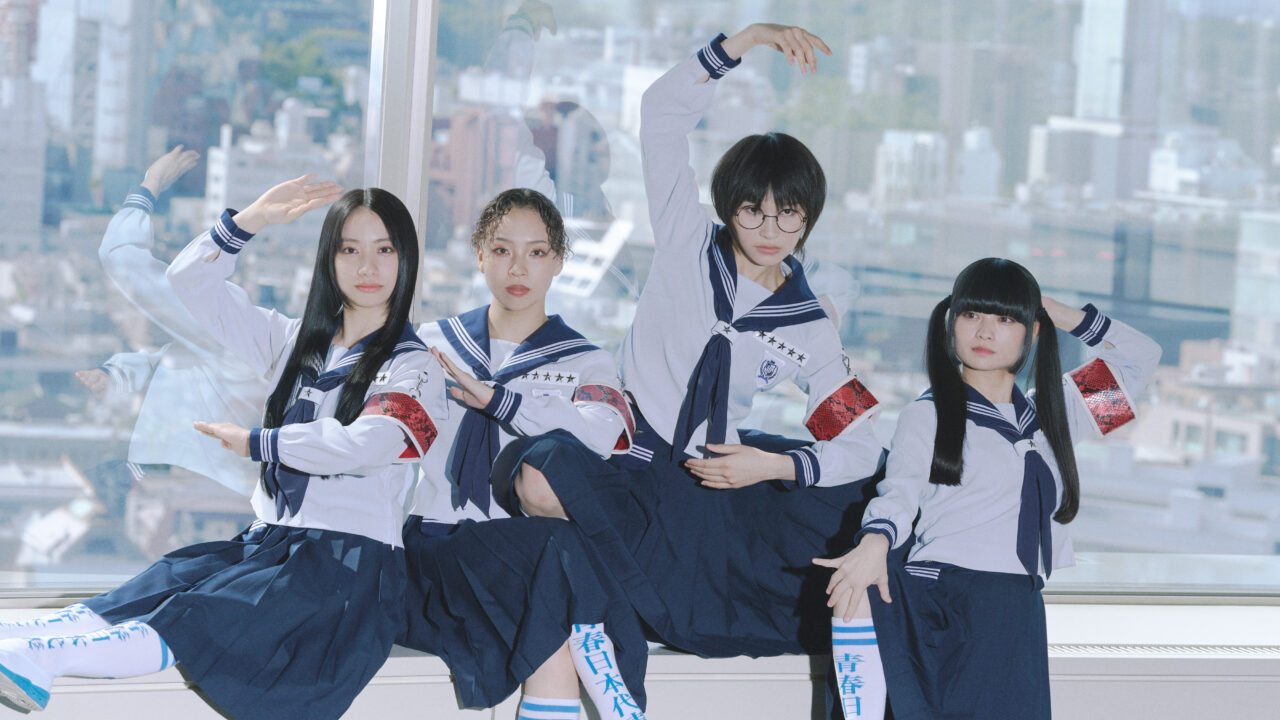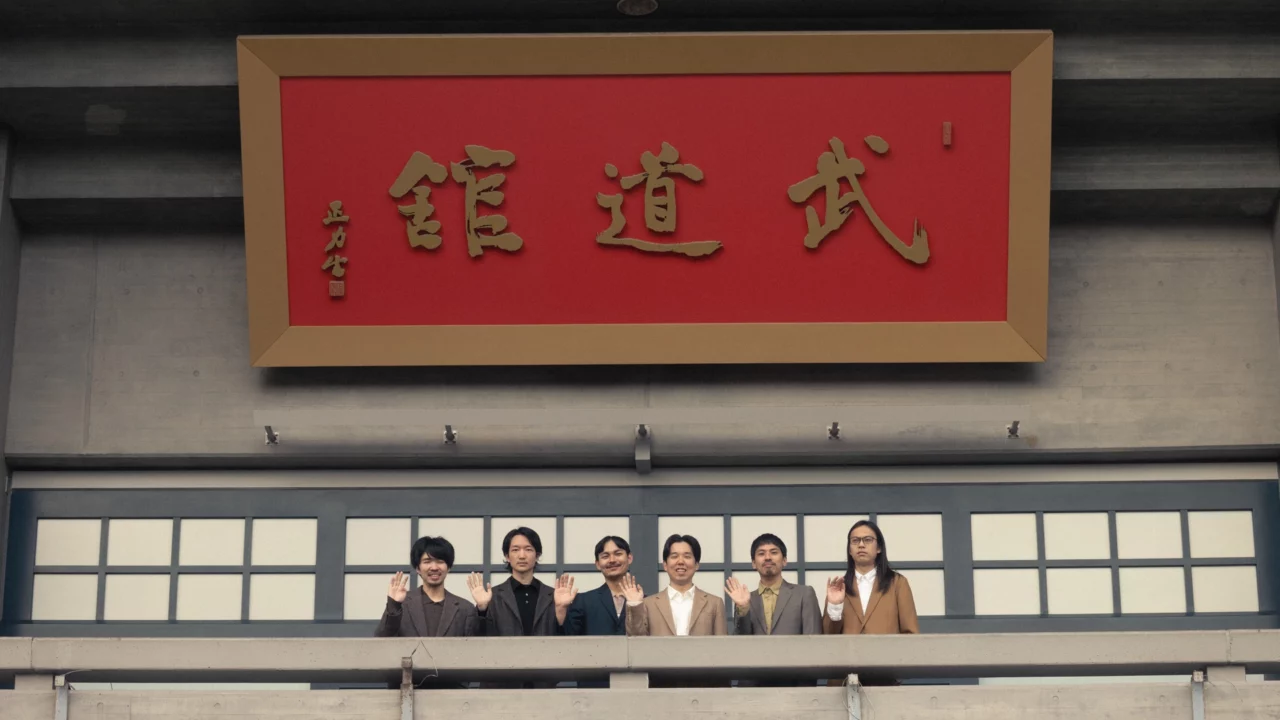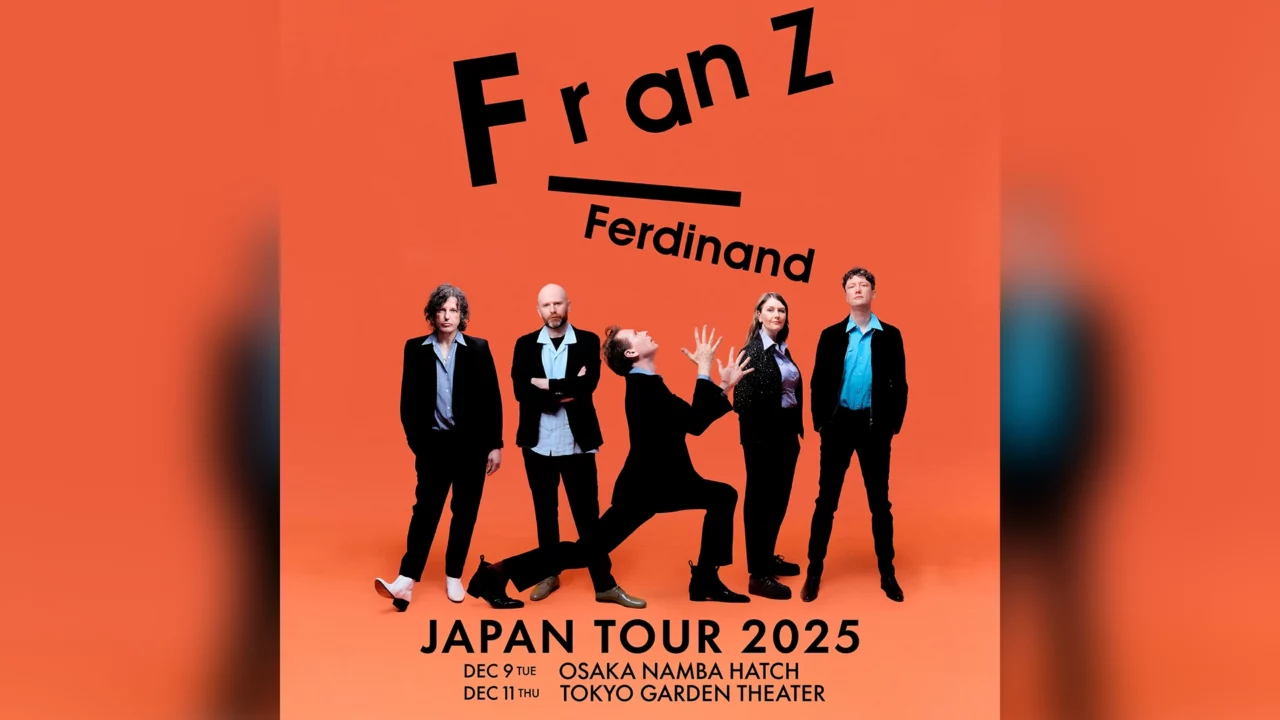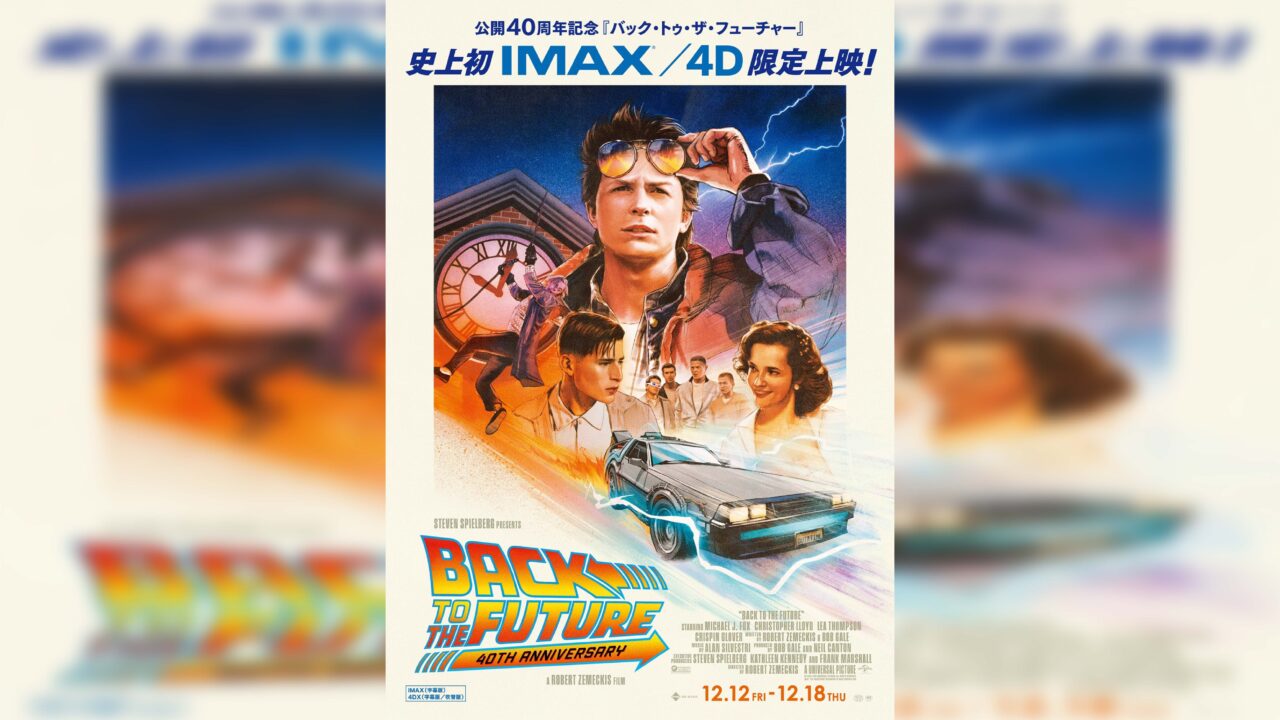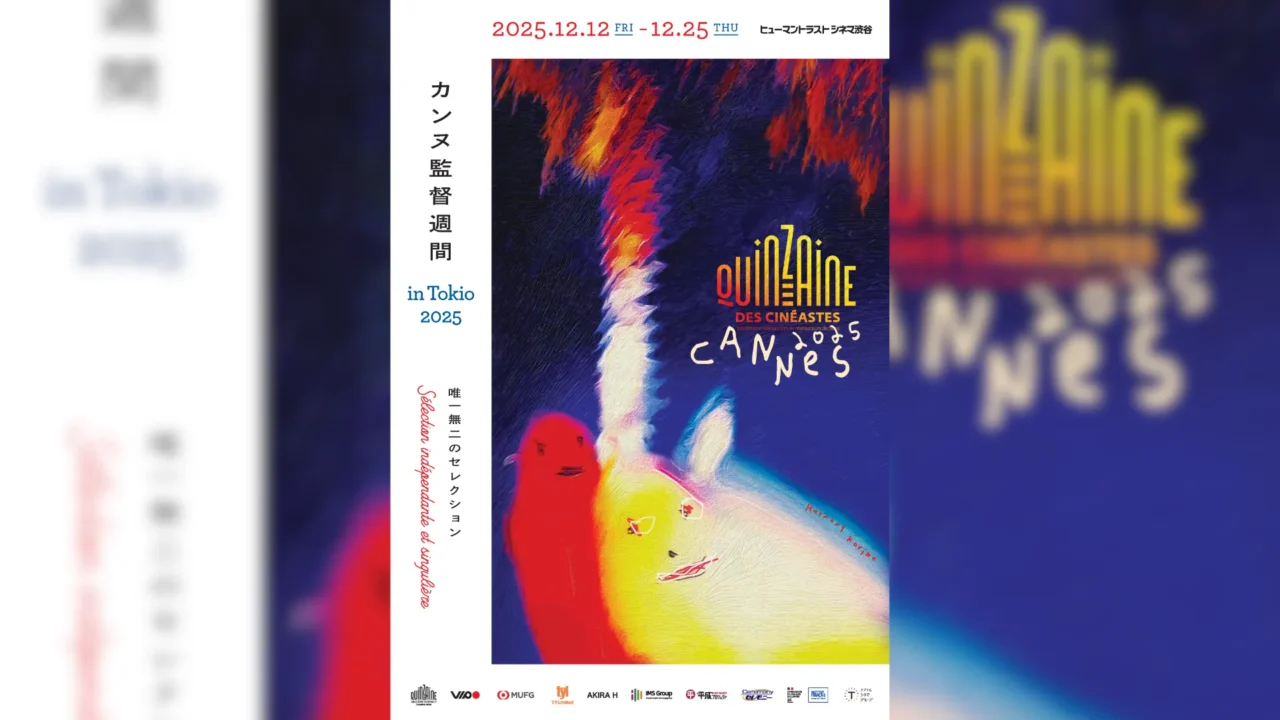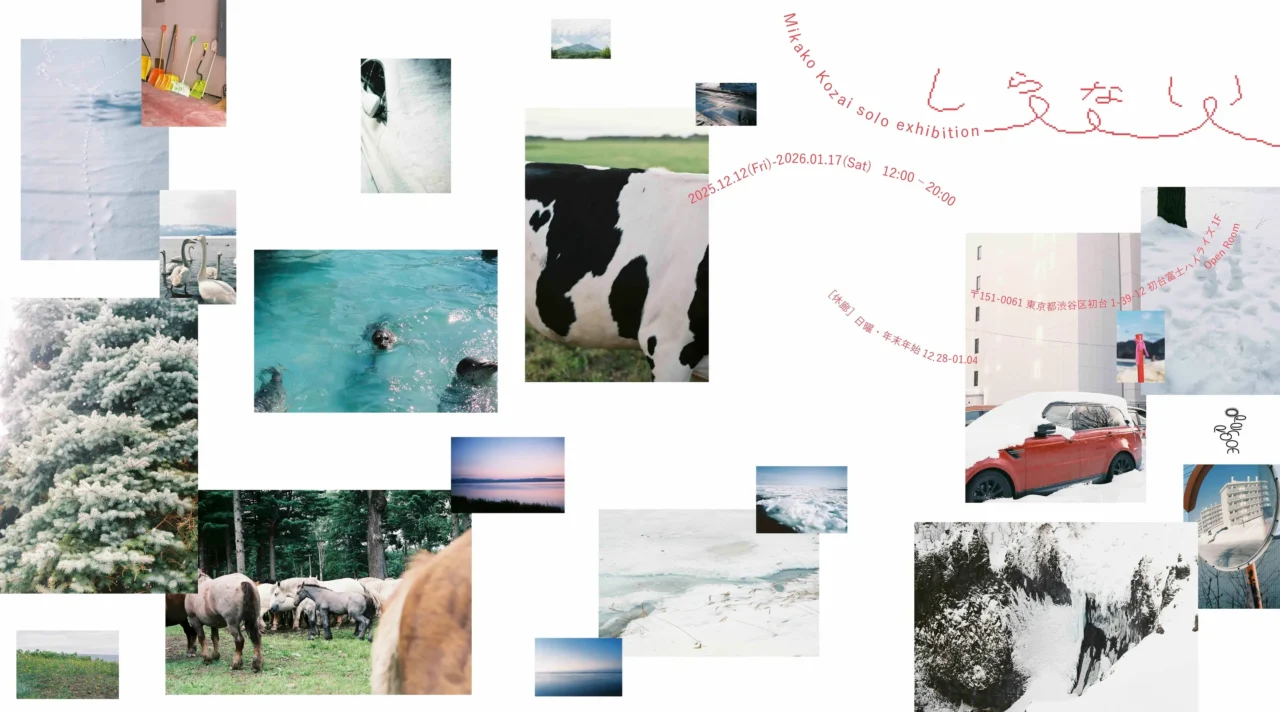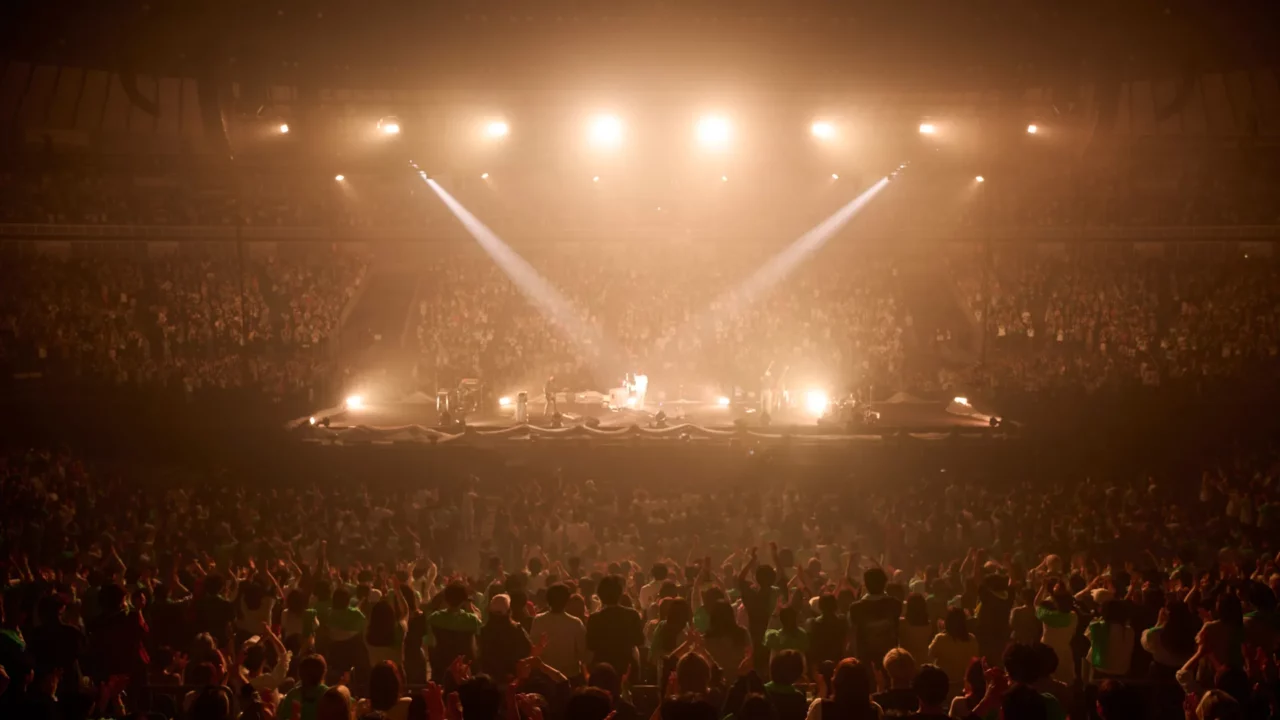INDEX
The Process of Creating How It’s Made
-I am looking forward to seeing how the production will turn out (laughs). (Laughs.) In the case of “Arika,” you created a work without a common language. How do the two of you judge whether something is good or bad?
Tamaki: In most cases, Shimaji-san says, “Let’s do it this way,” and I say, “I like it.
Shimaji:Yes, that’s right, but we often make judgments through conversation during rehearsals, such as “Oh, that was easy to do” or “That was a good pause.

Tamaki: Indeed, such judgments are very clear. Nagashima-san watches over the exchange with a smile on his face (laughs).
Shimaji: As we work together, I often ask Nagashima-san, “How did you like it? Shimaji:As the two of us worked together, we would often ask Mr. Nagashima, “How did it go? We are the ones who do the work, so there is always the possibility that a movement or structure that doesn’t feel comfortable to us from the outside may actually be more interesting.
-How about you, Mr. Nagashima?
Nagashima:You two are the performers, so we are a group that cannot make any directorial decisions from an outside perspective, so I try to respond to you by saying how it “looks” from the outside and what I think it means.

His specialty is dramaturgy in performing arts. While a student at the university, he studied and translated Samuel Beckett’s late prose works and began working in the theater as a subtitle operator and translator of performance scripts. As a pioneer of Japanese dramaturgy, he has participated in various collective productions ranging from theater, dance, and opera to art projects. 2018-20: Director of Festival/Tokyo, currently Program Director of the Tokyo Performing Arts Festival FT label.
Shimaji: Usually there is a director who makes decisions, but this time it seems like you are really creating the piece together.
Tamaki: The question you are asking us now is, in essence, “How are we making it? ……It’s a mystery, though, isn’t it?
-Yes, it is a mystery (laughs).
Tamaki: It’s a mystery to me, too (laughs). (laughs) In other words, I feel like I am creating “how to create. With “Arika,” I had to start from scratch to “create how to create,” so it was really difficult. At the beginning of this project, I honestly thought it would be a bit tedious to start from scratch again (laughs). (laughs). It was hard to expand the scope of the project even if it was just the two of us talking.

-But “Arika” was a point of arrival, wasn’t it?
Tamaki: In the early stages of “AINOTE,” when we were discussing the name I mentioned earlier, we were both groaning “hmmm” and spending time aimlessly (laughs). Then Eri Karatsu (Executive Producer of Aichi Arts Theatre / Artistic Director of Dance Base Yokohama) said, “These guys can’t do it alone! (laughs), and she sent Ms. Nagashima to me. Mr. Nagashima said, “How about this?.
Shimaji: There was a time when we were looking for a play for a two-person show, and Mr. Nagashima made various suggestions at that time as well.
Nagashima:Ryunosuke Akutagawa’s “The Dark Question and Answer,” Samuel Beckett’s “Waiting for Godot,” and E. T. A. Hoffman’s “The Window in the Corner” were some of the plays we were looking for. I was not present when they were working on the names, so I had no idea.
Shimaji & Tamaki: Hahahahahaha!




